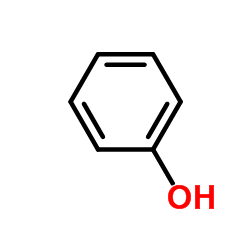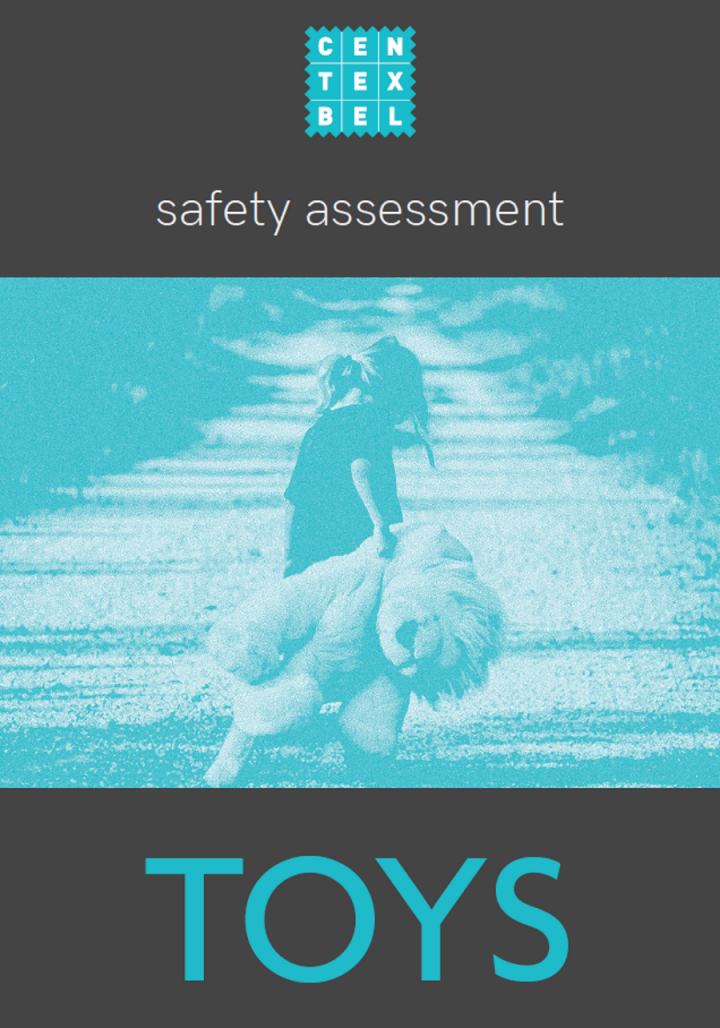Toy Safety Directive
The Toy Safety Directive 2009/48/EC replaced the former Directive 88/378/EEC. It adapted the legal framework to technological developments and previously unknown safety issues. The application and enforcement are aligned with the so-called new legislative framework.
The Directive lays down the safety criteria that toys must meet before they can be marketed in the EU. Toys must also comply with any other EU legislation applicable to them. The essential safety requirements cover
- general risks: the health and safety of children, as well as other people such as parents or caregivers
- particular risks: physical and mechanical, flammability, chemical, electrical, hygiene and radioactivity risks
Scope
The Toy Safety Directive 2009/48/EC defines a toy as
Any product or material designed or intended whether or not exclusively for use in play by children under 14 years of age.
The wording ‘whether or not exclusively’ indicates that the product does not have to be exclusively intended for playing purposes in order to be considered as a toy. Accordingly, products with double functions are considered as toys (e.g. key-ring with a teddy bear attached to it).
Annex I of the Toy Safety Directive 2009/48/EC presents a non-exhaustive list of examples that are not considered as toys but that could be subject to confusion. Further, a limited number of products is listed that comply with the definition of toys but are nonetheless excluded from the scope of the Directive.
This Directive shall not apply to the following toys:
- playground equipment intended for public use;
- automatic playing machines, whether coin operated or not, intended for public use;
- toy vehicles equipped with combustion engines;
- toy steam engines; and
- slings and catapults.
The following products (listed in Annex I of the directive) shall not be considered as toys within the meaning of this Directive:
- Decorative objects for festivities and celebrations
- Products for collectors, provided that the product or its packaging bears a visible and legible indication that it is intended for collectors of 14 years of age and above. Examples of this category are:
- detailed and faithful scale models;
- kits for the assembly of detailed scale models;
- folk dolls and decorative dolls and other similar articles;
- historical replicas of toys; and
- reproductions of real fire arms.
- Sports equipment, including roller skates, inline skates, and skateboards intended for children with a body mass of more than 20 kg
- Bicycles with a maximum saddle height of more than 435 mm, measured as the vertical distance from the ground to the top of the seat surface, with the seat in a horizontal position and with the seat pillar set to the minimum insertion mark
- Scooters and other means of transport designed for sport or which are intended to be used for travel on public roads or public pathways
- Electrically driven vehicles which are intended to be used for travel on public roads, public pathways, or the pavement thereof
- Aquatic equipment intended to be used in deep water, and swimming learning devices for children, such as swim seats and swimming aids
- Puzzles with more than 500 pieces
- Guns and pistols using compressed gas, with the exception of water guns and water pistols, and bows for archery over 120 cm long
- Fireworks, including percussion caps which are not specifically designed for toys
- Products and games using sharp-pointed missiles, such as sets of darts with metallic points
- Functional educational products, such as electric ovens, irons or other functional products operated at a nominal voltage exceeding 24 volts which are sold exclusively for teaching purposes under adult supervision
- Products intended for use for educational purposes in schools and other pedagogical contexts under the surveillance of an adult instructor, such as science equipment
- Electronic equipment, such as personal computers and game consoles, used to access interactive software and their associated peripherals, unless the electronic equipment or the associated peripherals are specifically designed for and targeted at children and have a play value on their own, such as specially designed personal computers, key boards, joy sticks or steering wheels
- Interactive software, intended for leisure and entertainment, such as computer games, and their storage media, such as CDs
- Babies’ soothers
- Child-appealing luminaires
- Electrical transformers for toys
- Fashion accessories for children which are not for use in play
Centexbel's full toy service
Centexbel offers a Quick Test Package to assess the safety of toys, including
- the determination of chemical components (EN 71-3)
- our expertise in the chemical composition of textiles and chemical substances allows us to quickly detect and analyse the most common organic chemical components (EN 71-9,10 & 11)
- burning behaviour tests (EN 71-2)
- mechanical tests (EN 71-1) on toys
- laundry tests on children’s and baby’s articles.
For the purpose of adopting specific limit values for chemicals used in toys, the Commission Directive (EU) 2017/774 of 3 May 2017 amends Appendix C to Annex II to Directive 2009/48/EC of the European Parliament and of the Council on the safety of toys, as regards phenol.
Specialized services on product safety
In addition to the toys safety directive requirements, the toys industry has to reckon with more general legal requirements (REACH, RoHS...) restricting the use of certain chemical substances, such as cadmium, azo-colorants, phthalates, benzene and phenol.
REACH test package
Centexbel has composed a test package to analyse your products on the presence of substances of very high concern (SVHC) as defined by REACH.
reach test package Inductive Coupled Plasma (ICP) Spectrometry
Standard 100 by Oeko-Tex®
Centexbel is a certification organisation recognized by Oeko-Tex®. Products complying with the strict requirements of the Standard 100 by Oeko-Tex®, automatically comply with all European directives concerning heavy metals, azo-colorants, plasticisers, organic tin compounds, fire retardants, antimicrobial substances…
A standard 100 by Oeko-Tex® certificate makes a lot of chemical analyses in the framework of the toys safety directive redundant.
Technological consultancy
Problem-solving: When non-conformities are detected, we will refer you to our technological consultants to solve the problem.
Conformity with Toys Safety Directive: Centexbel assists you in running a risk analysis of certain toys and in drafting and updating your technical files concerning conformity with the toys safety directive.
Training
Centexbel organizes appropriate training sessions for all your staff members involved in the purchase of toys and the drafting of technical files






